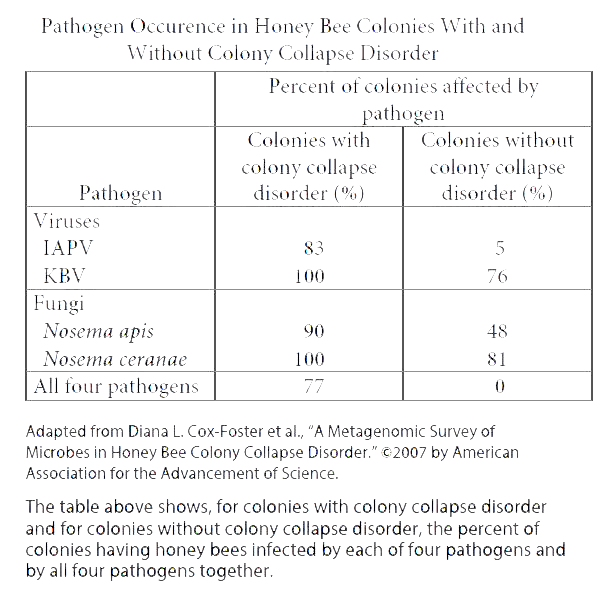With advancements in genetics, molecular biology and tissue culture, new traits have been incorporated into crop plants.
Explain the main steps in breeding a new genetic variety of a crop.
Various step involved in plant breeding are as follows:
(a) Collcetion of variability : The entire collection of variability of the species with diverse alleles for all genes is prerequisite for breeding programme.
(b) Evaluation and Selection of parents : Plants with desirable combinations of characters are indentified and selected plants are used in hybridisation. Pure lines are created wherever desirable and possible.
(c ) Cross-hybridisation among the selected parents : Parents with desired character are genetically combined with multiple crosses. This is a time taking procees. For example a plant with high protein content is crossed is with a plant with genes for disease resistance. This process is not without its share of difficulties Since, only one in few hundred to a thousand crosses show desirable combination.
(d) Selection and testing of superior recombinants : The plants are selected with desirable characters at every generation
(e) Testing, release and commercialisation of new cultivars : The newly selected lines are evaluted for their yield and other agronomic traits of quality, disease resistance, etc. This evalution is followed by testing the material in farmer's field and its comparison to the best available local crop cultivar. It is then allowed to be released.
Topper's Solved these Questions
- BOOK - XII BOARD PREVIOUS YEAR PAPER ENGLISHCHAPTER - XII BOARDSEXERCISE - DELHI BOARD 20161videos
XII BOARDS
- BOOK - XII BOARD PREVIOUS YEAR PAPER ENGLISHCHAPTER - XII BOARDSEXERCISE - [SET -I] [Comptt.] SECTION-A4videos
XII BOARDS
- BOOK - XII BOARD PREVIOUS YEAR PAPER ENGLISHCHAPTER - XII BOARDSEXERCISE - SET - I SECTION C14videos
XII BOARDS
- BOOK - XII BOARD PREVIOUS YEAR PAPER ENGLISHCHAPTER - SAMPLE PAPER 2019EXERCISE - Section E Part B3videos
SAMPLE PAPER 2019
Similar Questions
Knowledge Check
- Question 1 - Select One
Honey bees are hosts to the pathogenic large ectoparasitic mite Varroa destructor (Varroa mites). These mites feed on bee hemolymph (blood) and can kill bees directly or by increasing their susceptibility
line 5- to secondary infection with fungi, bacteria or viruses. Little is known about the natural defenses that keepthe mite infections under control. Pyrethrums are a group of flowering plants which include Chrysanthemum coccineum, Chrysanthemum
line 10- cinerariifolium, Chrysanthemum marschalli, and related species. These plants produce potent insecticides with anti-mite activity. The naturally occurring insecticides are known as pyrethrums. A synonym for the naturally occurring pyrethrums is
line 15- pyrethrin and synthetic analogues of pyrethrums are known as pyrethroids. In fact, the human mite infestation known as scabies (Sarcoptes scabiei) is treated with a topical pyrethrum cream. We suspect that the bees of commercial bee
line 20- colonies which are fed mono-crops are nutritionally deficient. In particular, we postulate that the problem is a diet deficient in anti-mite toxins: pyrethrums, and possibly other nutrients which are inherent in such plants. without, at least, intermittent feeding on
line 25- the pyrethrum producing plants, bee colonies are susceptible to mite infestations which can become fatal either directly or due to a secondary infection of immunocompromised or nutritionally deficient bees. This secondary infection can be viral, bacterial or
line 30- fungal and may be due to one or more pathogens. In addition, immunocompromised or nutritionally deficient bees may be further weakened when commercially produced insecticides are introduced into their hives by bee keepers in an effort to fight
line 35- mite infestation. We further postulate that the proper dosage necessary to prevent mite infestation may be better left to the bees, who may seek out or avoid pyrethrum containing plants depending on the amount necessary to defend against mites and the
line 40- amount already consumed by the bees, which in higher doses could be potentially toxic to them. This hypothesis can best be tested by a trial wherein a small number of commercial honey bee colonies are offered a number of pyrethrum
line 45- producing plants, as well as a typical bee food source such as clover, while controls are offered only the clover. Mites could then be introduced to each hive with note made as to the choice of the bees, and the effects of the mite parasites on the experimental
line 50 - colonies versus control colonies. It might be beneficial to test wild-type honey bee colonies in this manner as well, in case there could be some genetic difference between them that affects the bees’ preferences for pyrethrum producing flowers.

The main purpose of the fourth paragraph (lines 42-50) is toAsummarize the results of an experiment that confirmed the authors’ hypothesis about the role of clover in the diets of wild-type honeybees.Bpropose an experiment to investigate how different diets affect commercial honeybee colonies’ susceptibility to mite infestationsCprovide a comparative nutritional analysis of the honey produced by the experimental colonies and by the control colonies.Dpredict the most likely outcome of an unfinished experiment summarized in the third paragraph (lines 19-41).
Select the option showing the correct sequentail steps to produce a new genetic verity of a crop
View SolutionYou are a plant breeder. Which trait or character that you have firstly tried to incorporate into crop plants
View SolutionName any five hybrid varieties of crop plants which have been developed in India.
View SolutionPlants with beneficial traits have been developed.In all of the following GM crops, a gene of interest has been inserted,except:
View SolutionLarge numbers of new varieties have been developed through mutation breeding and it has been used commonly in
View SolutionGolden rice is a genetically modified crop plant where the incorporated gene is meant for biosynthesis of:
View SolutionGolden rice is a genetically modified crop plant where the incorporated gene is meant for biosynthesis of:
View Solution
